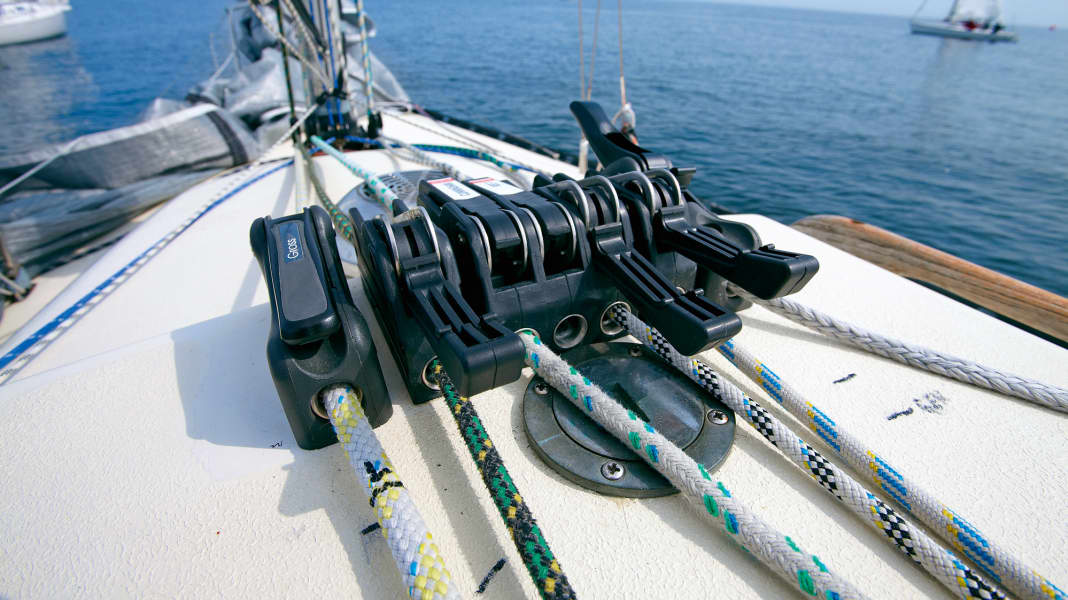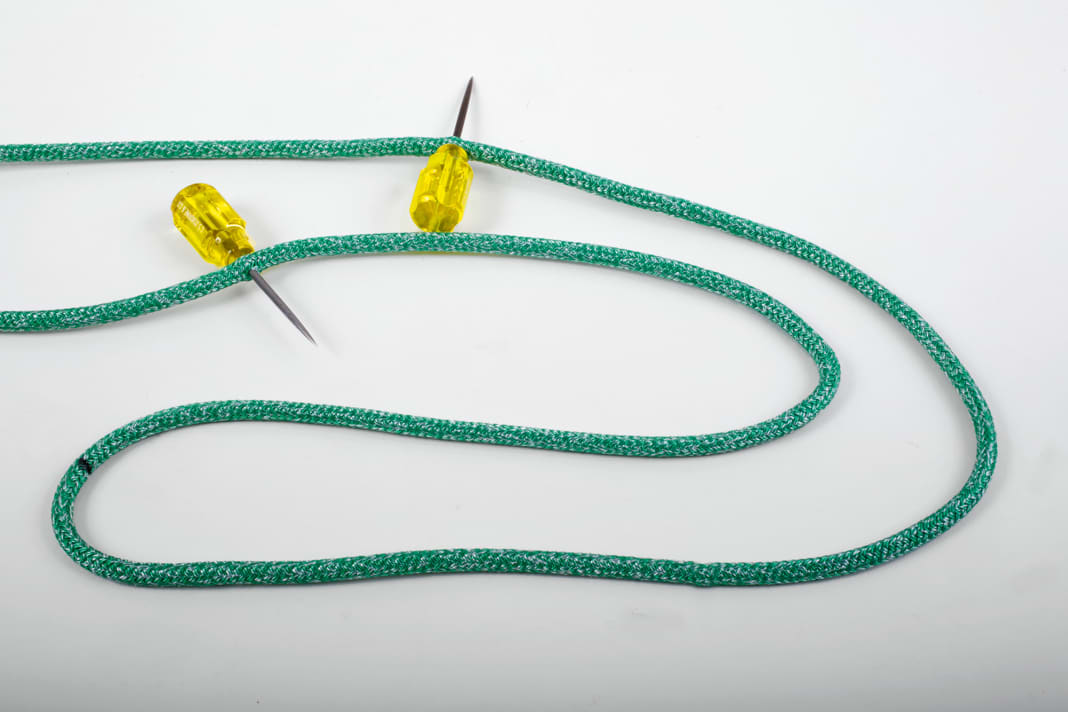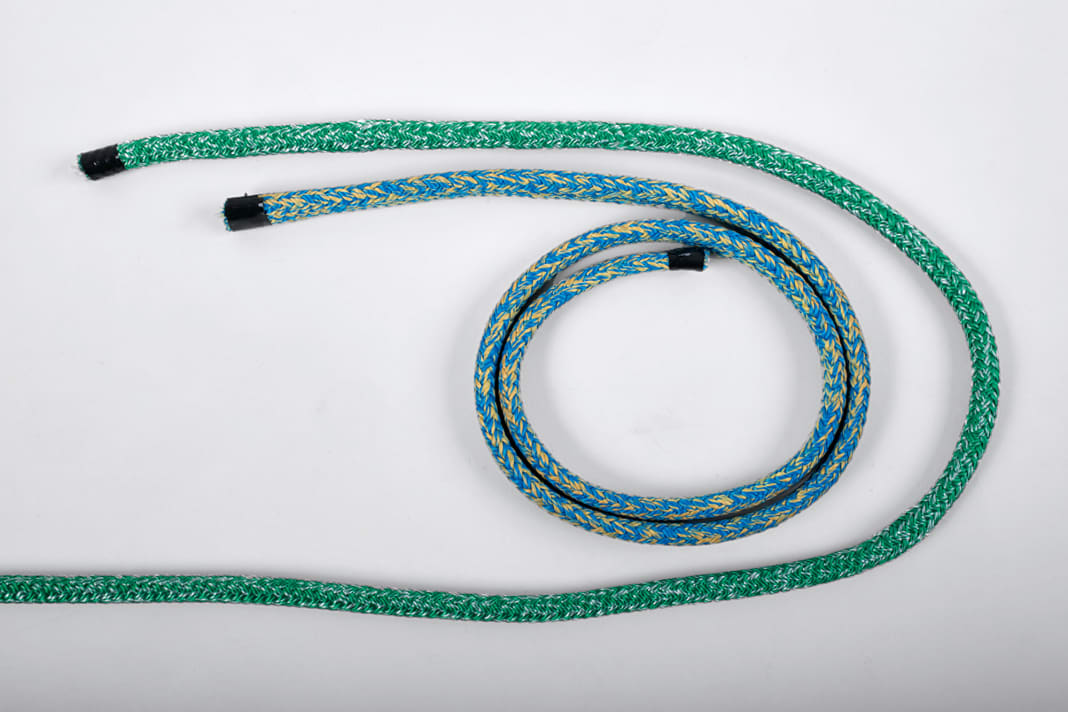
The main halyard is painstakingly cranked tight - but as soon as the winch is released, the line visibly sags through the stopper and the sail trim is gone. The effect is particularly annoying when switching to laminate sails or when polyester halyards have been replaced with high-quality goods with a Dyneema core. The less the sail and line stretch, the greater the strain on the fittings.
The weakest link in the chain is usually the halyard stopper. With practically all makes, the holding force drops significantly with Dyneema rigging, while the slip increases at the same time. This means that without additional measures, the investment in high-quality sails and halyards could be wasted.
A new purchase is not necessary
In principle, the problem can be solved with the choice of cordage, because in addition to the structure of the line, the material composition of the cover and the rope diameter also have a major influence on the behaviour in the stopper.
Thicker halyards may work better in the stopper, but they are also heavier and run worse through the deflections. In addition, more material costs more money, which is definitely an argument with Dyneema.
However, a larger diameter and high-strength cover are only absolutely necessary in areas where the halyard stopper really has to hold - i.e. at the reefing positions and when the sail is fully set. In this respect, localised thickening of a thin halyard can be a worthwhile alternative. The splicing work required for this is shown here step by step.
If you don't have the confidence to splice, you can order customised traps directly from a professional.
Pull in an additional core






Pull on an additional coat






